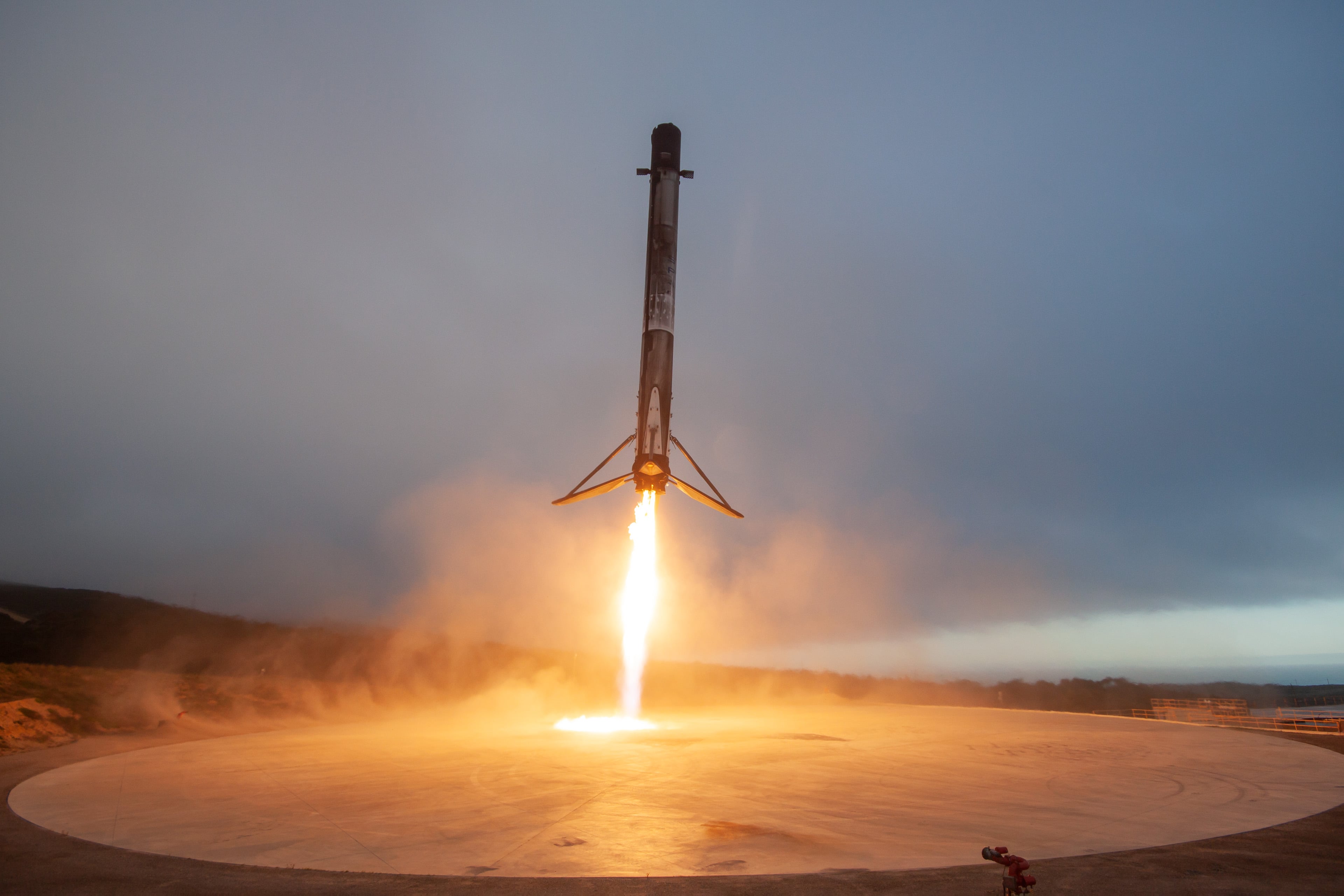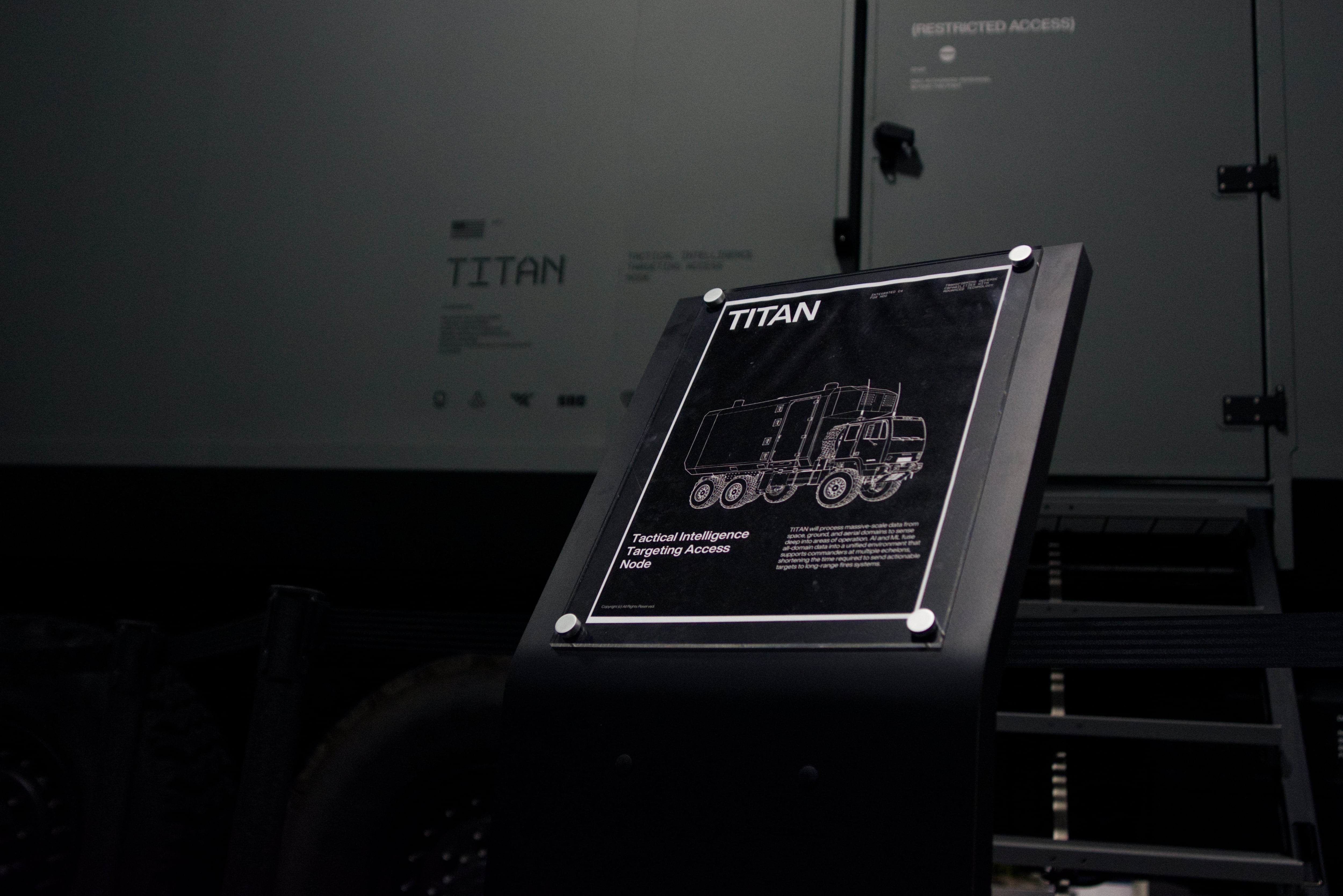There is no perfect small drone on the military market. The right mix of utility, disposability, cost and compactness is a hard combination to find. But with Parrot — a drone company headquartered in Paris, France — the Swiss Army thinks it might have what it needs.
Can Parrot be the “Swiss Army Drone?”
It is rare that a military is synonymous with an accessory. It is rarer still that the military accessory itself is so successful it goes on to be a universal term for “useful in multiple ways.” But, thanks to the long legacy and success of the standard-use military knives purchased from Victorinox (and, formerly, Wenger), the Swiss Army has a reputation for getting the most out of what it acquires.
The Parrot contract is part of the Swiss Army’s “Mini UAV Program,” or Swiss MUAS. In its announcement, Parrot pointed in part to the “high level of cybersecurity required by the Swiss armed forces” as key to why it was selected.
Left out of the announcement is product specifications, quantities and prices, though it was clarified that the work will go through Parrot’s senseFly subsidiary. With senseFly’s traditional offerings all fixed-wing drones, it is safe to assume that the Swiss Army Drone will be a fixed wing as well. A notable feature, too, of senseFly’s line is that the drones specialize in mapping, rather than the real-time situational awareness that militaries tend to get from quadcopters.
While maintaining its presence in the toy drone market, Parrot has prioritized development of the ANAFI drone for the professional and commercial market, with a focus on rescue, inspection, and surveying.
The Swiss Army is not the first military contract Parrot has pursued. In 2019, Parrot was selected as one of six companies with commercial roots to offer drones for a reconnaissance study by the Defense Innovation Unit and the Army’s Maneuver Center of Excellence.
For the U.S. government, adapting commercial drones to meet government security and tasking needs has a complicated relationship. The Pentagon has multiple times banned the use of drones with components made in China, citing cybersecurity fears, and the military is relying instead on quadcopters made by more boutique firms stateside.
On the civilian side of government, the Department of the Interior worked with commercial dronemaker DJI, based in China, to create a hardware and firmware package for the drone that met both security and cost needs, only to find the drones banned from use months after their adoption.
While the Swiss military may not have the same degree of concern about the origin of its drones, it is worth noting that the company “designs and engineers its products in Europe, mainly in France and Switzerland.” Component parts, like for most drone companies of any scale, are likely sourced elsewhere.
Update: an earlier version of this story stated that Parrot was pulling out of the commercial drone market. That has since been corrected.
Kelsey Atherton blogs about military technology for C4ISRNET, Fifth Domain, Defense News, and Military Times. He previously wrote for Popular Science, and also created, solicited, and edited content for a group blog on political science fiction and international security.








